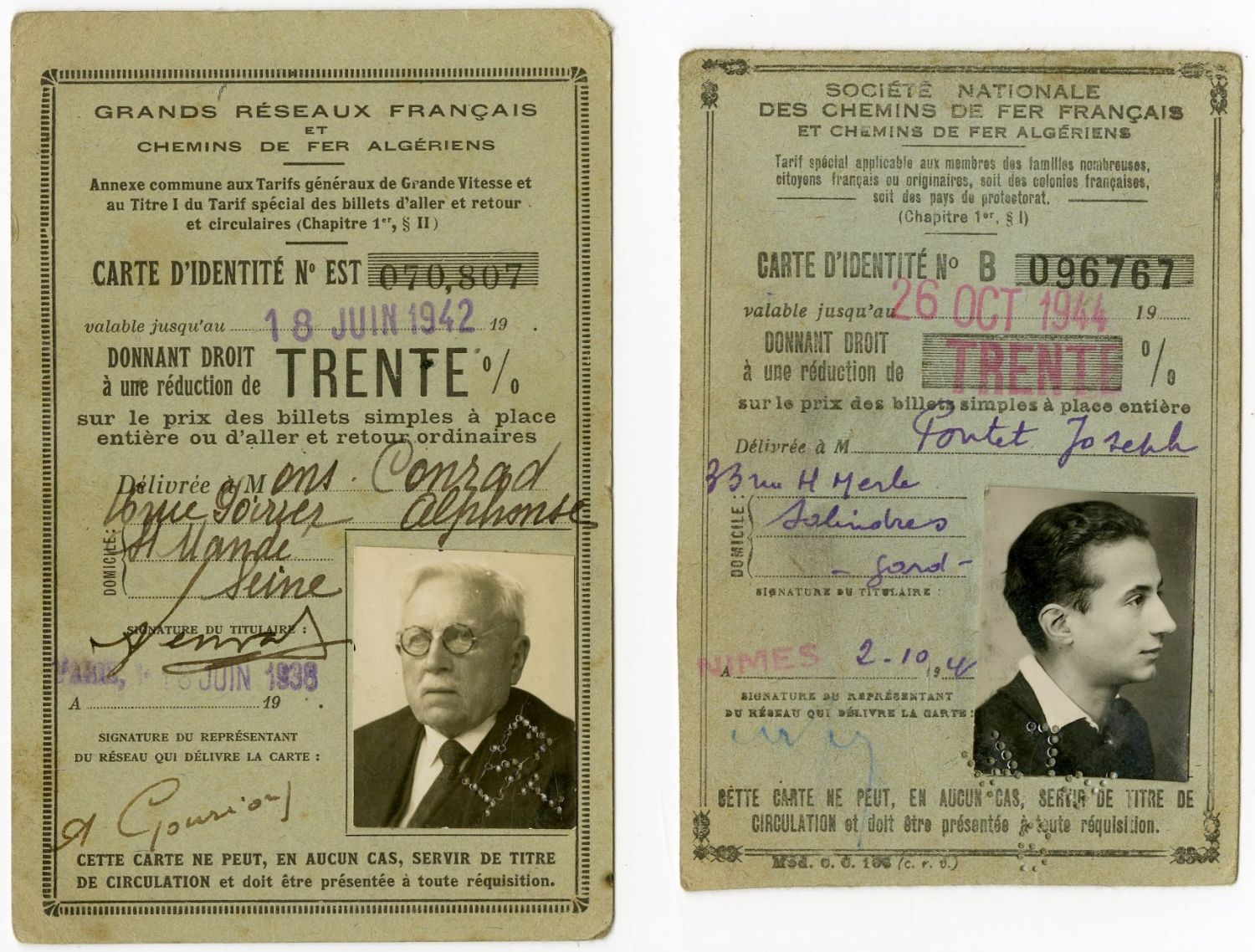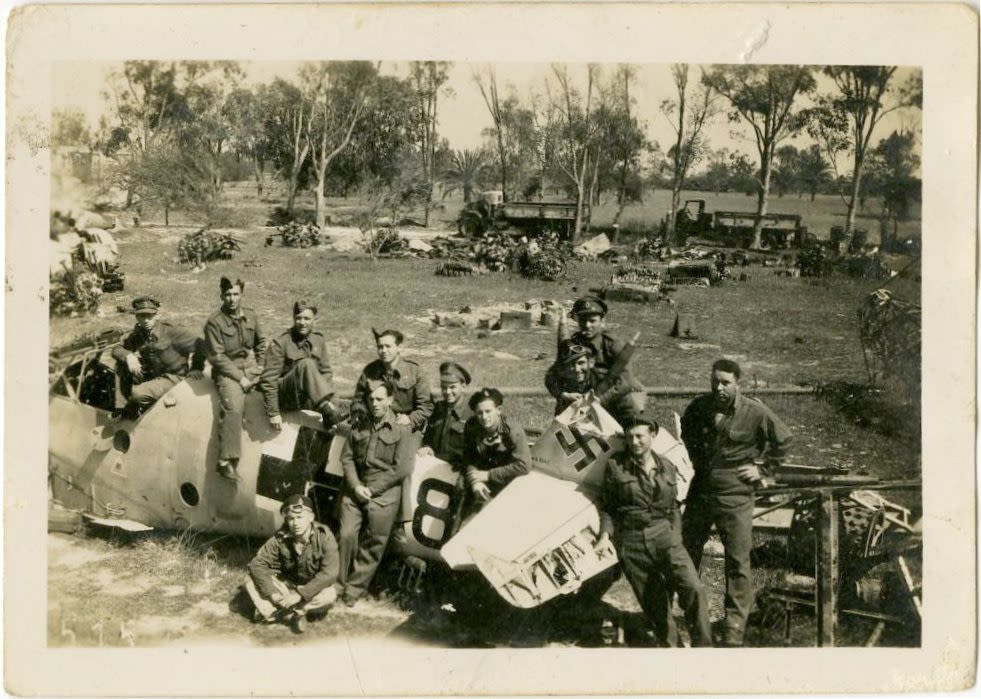Oranienburg: erster authentischer Bericht eines aus dem Konzentrationslager Geflüchteten - "Oranienburg: First Authentic Report of a Concentration Camp Fugitive" by Gerhart Heinrich Seger, a member of the German Reichstag, with an introduction by Heinrich Mann, published by Graphia. A brave publication by the first political prisoner to escape from the German anti-regime camp Oranienburg, publishing his book shortly after his escape in order to expose the atrocities taking place in the camp and to indict the Nazi regime. Karlsbad (Czech Republic), 1934 - First Edition.
Trembling testimony by a political prisoner who spent six months in the Oranienburg concentration camp starting from the first weeks of establishing the camp, succeeded in escaping, and published the atrocities of the camp shortly afterwards. Gerhart Seger (born November 16, 1896 in Leipzig - January 21, 1967 in New York) Politician, journalist and pacifist Social Democrat. From 1930 until March 1933 he was a member of the Reichstag. Due to the Social Democrats' rejection of the Enabling Act, he was among the members of parliament who were persecuted, arrested and taken to a concentration camp by the Nazi rulers. After the transfer of power in March 1933, Seger was one of the first Reichstag members to be taken into "protective arrest" by the National Socialists. Initially he was in the Dessau courthouse before being transferred to the Oranienburg concentration camp on June 14, 1933 with other political prisoners.
The first inmates in Oranienburg were arrested as opponents of the Nazi regime. As a member of the German Reichstag, Seger was incarcerated on charges of disseminating messages of resistance against the Nazi regime, arrested and taken to the camp as a "political prisoner". In his book he describes, among other things, the minor "crimes" for which people were incarcerated and taken to the camp; on one occasion a boy from the Hitler Youth hung an SS flag in the backyard of his home in the summer of 1932 in an anti-party environment. Four workers who were among them took down the flag and scolded the boy. A year later! They were caught by the SA and sent to Oranienburg, where they underwent public humiliation for the same act they had committed a year earlier - the camp commander himself posted a large placard around the neck of one of them detailing the story of removing the flag, and the four were forced to march in circles in the camp courtyard for twelve continuous hours!
The abuse in Oranienburg included sleeping on concrete floors instead of mattresses and bags of straw serving instead of blankets, in the cold basements of the camp, Seger describes the abuse inflicted by the SS in room 16 of the camp, also known as the "Police and Investigations Department", including crimes committed there by investigator Sturmbannführer Kruger, he describes the forced labor imposed on the prisoners themselves, who were tasked with building the camp, including its furniture, forced labor such as paving the road leading to the various sections of the camp, draining swamps in the nearby forest, constant starvation, and more. Among other things, Seger describes the cruelty of the original camp commander Sturmbannführer Schäfer, who was primarily responsible for establishing the detention cells where the ill-treatment in the camp was carried out. One of the commander's "hobbies" at night when he was drunk was to take prisoners out of the barracks at random and beat them to death. Seger provides the names of all the original camp commanders' deputies and describes in detail the level of abuse each of them inflicted in the camp. A special chapter is devoted to the "obstacle course" in the camp's backyard, intended to break the prisoners physically, it consisted of a course requiring crawling and climbing in almost impossible ways, a prisoner who failed to complete the entire course was beaten on the spot - and almost no prisoner succeeded. One of the unimaginable acts of abuse described by Seger was "rebellious" prisoners accused of speaking against Hitler who were locked in stone coffins standing vertically for hours and even days, causing those standing in them for prolonged periods to become permanently crippled and disabled.
In fact, Oranienburg was the first camp established by the Nazis and was used for regime opponents. The entire operation of the camp was done under complete cover so as not to reveal the atrocities taking place there. Seger reports that on one occasion an honest report "somehow slipped" onto German radio about the atrocities taking place there. In response, the Nazis staged a show at the camp to conceal what was happening there - the camp administration chose prisoners who knew how to play instruments and forced them to play and sing so that the sound of music would reach the streets outside the camp and local residents would testify to the proper conduct taking place there. There were "political opponents" who were actually entirely loyal to the SS, but who were caught making "careless statements of opposition", and were imprisoned in a camp under torture for long months, including journalists who were arrested when they were not careful in the articles they published. Any attempt on their part to clarify that they did not intend to oppose the regime came to nothing.
There were also acts intended to humiliate the opposition - in one of the chapters Seger describes how he and his former parliamentary friends suspected of opposing the regime were forced to go out accompanied by armed SA police with brushes and ladders to clean the city of Oranienburg of the remnants of previous election posters of rival parties to the Nazi Party as a public act of humiliation.
After about six months when Seger realized he had no chance of surviving in the camp, he decided to escape. On one of the occasions when he was outside the camp working with an external prisoners' unit that dug the canal north of Oranienburg, eight prisoners worked along the canal guarded by six SS men at a distance of several tens of meters from each other. That time he decided to escape under cover of a pile of earth that so concealed him, to the adjacent field while having to sneak past not only the eyes of the SS guards, but also the eyes of his fellow prisoners who might denounce him so as not to be punished themselves. He hid behind an earth embankment, and when he saw that no one noticed him, he started running, sure that the guards' bullets would accompany him with gunshots, but actually they did not notice him at all. He managed to escape at a distance of 2 km, where he arrived at a local restaurant and pretended to be an ordinary citizen, on leaving the restaurant he succeeded in hitching a ride with a car traveling to Berlin, and from there he went out to Czechoslovakia into freedom, while the SS men's searches came to nothing.
After some time he learned from articles published in the press that 30 minutes after he escaped, the commander of the prisoners in the canal was informed that one prisoner was missing, he immediately returned all the working prisoners to the camp, a recount of all camp prisoners was carried out, and it became known that he was missing. The Nazis went out in groups to search for him in the area but to his great good fortune did not find him (even though he was still in the area). In response, the camp commander himself was punished with slapping to the cheek by the Reich Governor.
This brave and rare publication he published a short time after his escape, while he was in Prague in order to incriminate the Nazi government, at a time when the Nazis were hunting down any opposition. The fact that a prisoner who had been in Oranienburg described in detail everything that happened there over a period of more than half a year greatly worried the SS leaders and on direct orders from Propaganda Minister Goebbels, the camp commander Scher published a book himself in response, in which he describes the "normal" lives at the camp in an attempt to refute the matters brought in the publication before us. About this event the author writes: "No amount of propaganda from Goebbels' headquarters can cover up the irrefutable fact of the dead who put an end to their lives in Oranienburg camp under the leadership of Commander Scher! No amount of propaganda can restore the health of the many prisoners who lost it in the cold cellars of Oranienburg camp... in the stone cabinets that Commander Scher erected...". Moreover, the author sent the manuscript of the book to the German Reich authorities - to the Reich Minister of Justice, the Reich Attorney General, the Chief Public Prosecutor and other bodies - the manuscript was sent as a criminal complaint referring to the crimes committed in Oranienburg, following the Nazi Party's declaration that if illegal acts were proven to have been committed in the camps, those responsible would be brought to trial. In retaliation for publishing the book, the Gestapo took Seger's wife and young daughter hostage in early 1934. Only protests from abroad led to the release of the family from prison and allowed them to leave the country.
Seger and his family immigrated to the USA in October 1934. There he participated in establishing the German Labor Delegation. He worked as an editor for the newspaper Neue Volkszeitung, which was published in New York. He also wrote for other newspapers in the German language and gave lectures on the National Socialist regime. On November 3, 1934, the German Reichsanzeiger newspaper published the third list of German Reich exiles, through which Seger underwent denaturalization. Seger remained in America after the war and worked as a freelance journalist since 1950. He became famous primarily through his lecture activities. He gave over 11,000 lectures in the USA alone. The introduction to the book by Heinrich Mann, in which he writes about hypocritical Aryan nationalism. At the beginning of the book is a printed dedication to the thousands of victims tortured by German fascism.
The Oranienburg Camp . In March 1933, a few weeks after the Nazi party came to power in Germany, an improvised concentration camp was established in the city of Oranienburg near Berlin, after SA forces took over an abandoned factory in the city and used it to incarcerate political opponents. This camp played an important role in the first period of the Nazi regime's entrenchment in Berlin through means of terrorism, persecution of the opposition and its disappearance. After the practical liquidation of the SA on the night of the long knives, the Oranienburg camp passed to the SS, which decided to close it on July 13, 1934. Two years later, in 1936, the SS established a new, modern, carefully planned camp in the Sachsenhausen district on the outskirts of the city rather than in the center of the city, and became known as the "Sachsenhausen concentration camp" (KZ Sachsenhausen). The city of Oranienburg itself became known as the "SS city", where many of the organization's senior officials lived with their families, and where some of their facilities and headquarters were located, alongside the Sachsenhausen camp. From April to June 1941, SS physician Dr. Friedrich Menke conducted a selection among the camp inmates, sorting to death frail prisoners and patients as part of an operation to expand the T4 program - euthanasia and apply it to camp inmates who were too weak to work. The prisoners sorted to death were transferred to Sonnenstein, a center where physically and mentally handicapped people were systematically gassed by SS doctors.
During the second half of 1941, some 18,000 Soviet prisoners of war were incarcerated in Sachsenhausen. Some 13,000 of them were executed in the camp.
76 [4] p. 24 cm. Good condition.
















